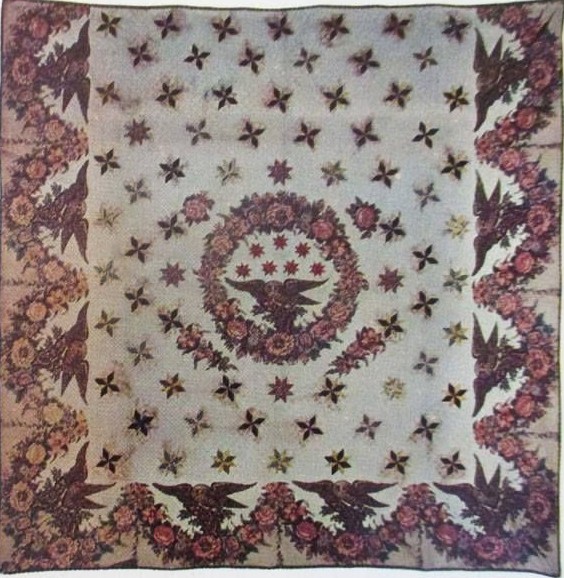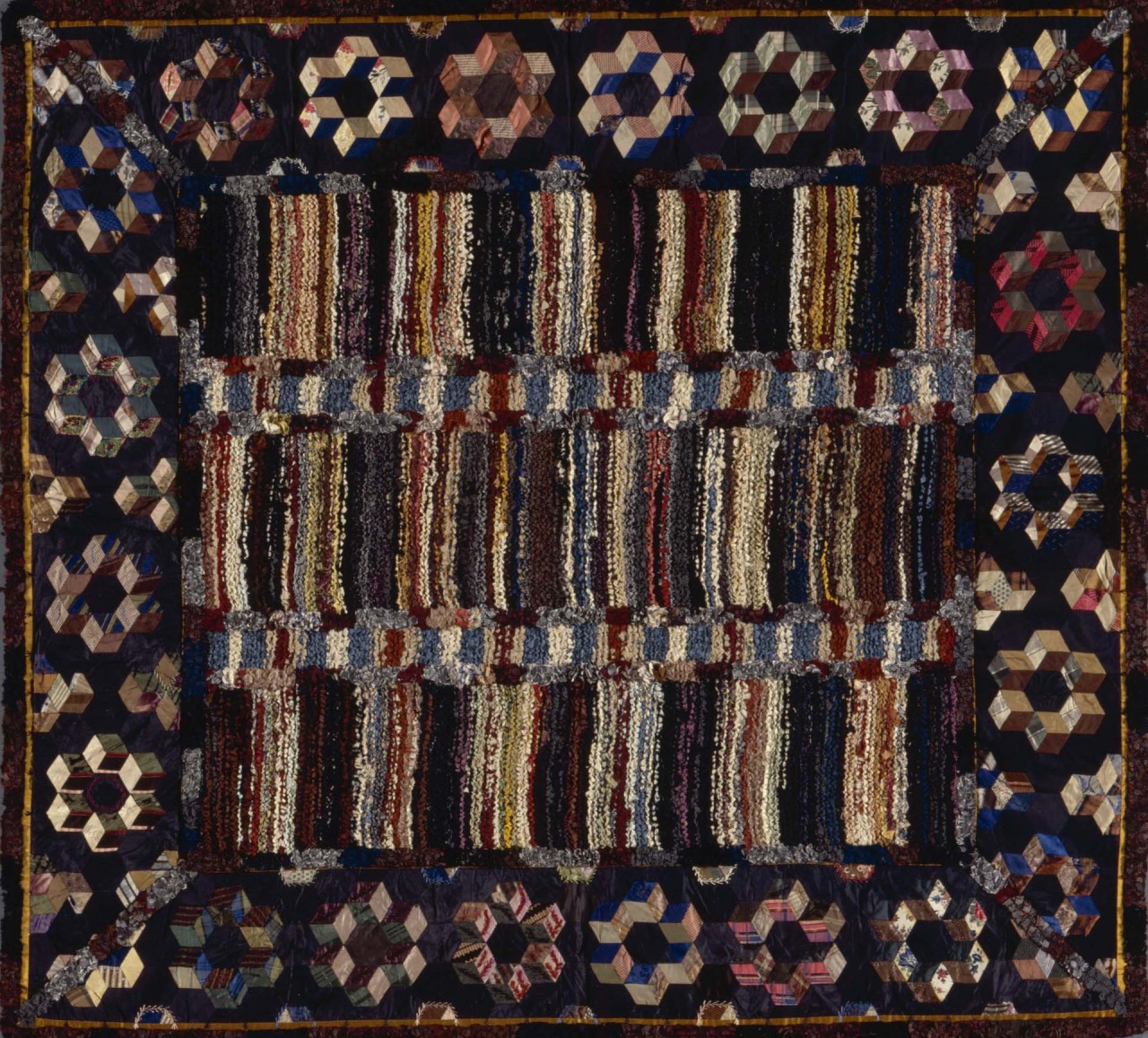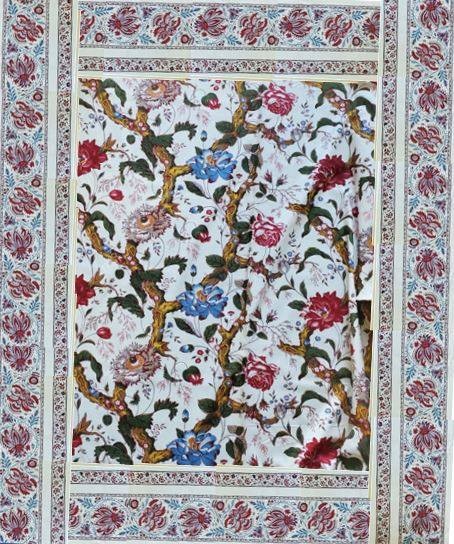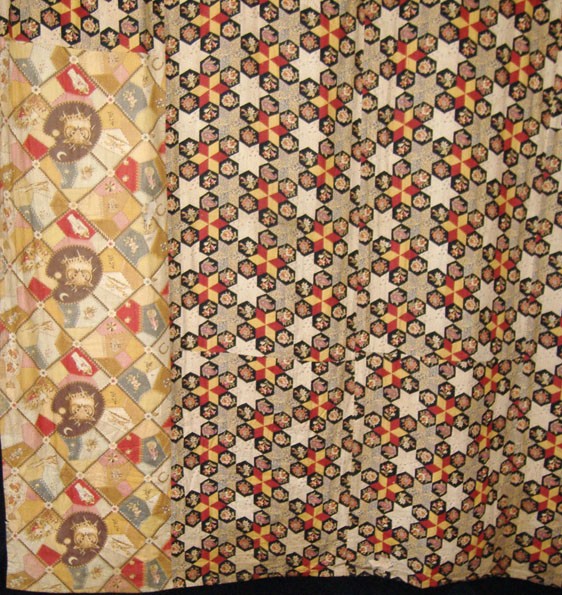
Recently an eagle captured a squirrel off the roof of my house and flew into a neighbor’s tree to eat his breakfast. (You never know where the inspiration for a blog article will appear, especially when concurrently a discussion about eagle fabric on a Facebook page took place…the blog theme was set.) I love eagles and even considered painting one for a quilt after Kay purchased a framed eagle textile for the Poos Collection. Instead, I began tracking eagle fabric in quilts. (Not applique or painted eagles in quilts which seems too numerous to track.) So far, I’ve been tracking four types of 19th century eagle fabric nicknamed: Wreath, floral spray aka festoon, seal, and centennial. Eagle on a floral spray (festoon) with a maroon background started this journey, with the production of the fabric starting...





